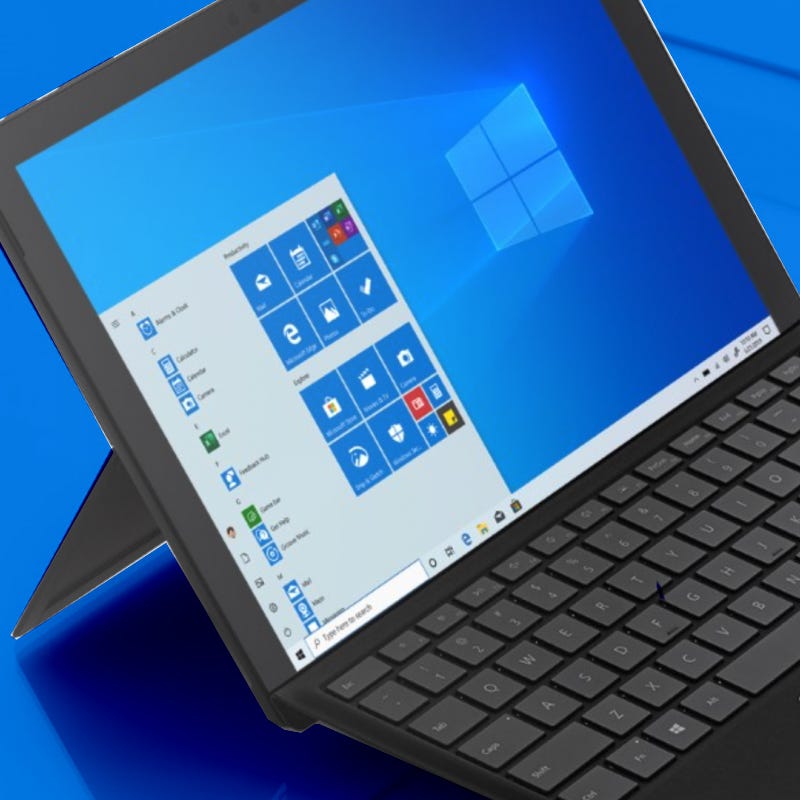Microsoft’s Digital Services and Iran’s Entrepreneurs
Microsoft’s Digital Services and Iran’s Entrepreneurs
Blog Article

Microsoft is one of the most influential technology companies in the world, offering software, cloud computing, artificial intelligence, and enterprise مایکروسافت ایران to millions of users and businesses worldwide. However, its presence and influence in Iran remain a complex topic, primarily due to international sanctions, legal restrictions, and the Iranian government's policies on technology and digital infrastructure.
This article explores Microsoft’s impact on Iran, covering its history, usage trends, challenges, and the future potential of its technologies in the country.
Microsoft’s History in Iran
Microsoft has been a key player in Iran’s digital landscape for decades, despite restrictions on official operations. Iranian businesses, educational institutions, and individual users have relied on Microsoft software, including Windows, Office, and enterprise solutions, for their daily activities. However, since the United States has imposed sanctions on Iran, Microsoft has largely been unable to operate directly in the country.
Before the expansion of international sanctions, some Iranian companies and government agencies had access to Microsoft’s software and services. However, after the U.S. reinstated sanctions in 2018, Microsoft had to restrict access to many of its cloud and software services for Iranian users.
Microsoft Products in Iran
Despite the restrictions, many Iranian individuals and organizations continue to use Microsoft products. Some of the most widely used Microsoft applications in Iran include:
1. Windows Operating System
Windows is the dominant operating system in Iran, powering both personal computers and enterprise systems. Since Microsoft does not officially operate in Iran, most Iranian users obtain Windows through unofficial channels, including pirated versions or licenses purchased through intermediaries.
2. Microsoft Office Suite
Microsoft Office applications, including Word, Excel, PowerPoint, and Outlook, are essential tools for businesses, universities, and individuals in Iran. Like Windows, these programs are widely used but often obtained through unofficial means due to restrictions on purchasing licenses directly.
3. Microsoft Azure and Cloud Services
Microsoft Azure is a leading cloud computing platform, but its services are largely restricted in Iran. Iranian businesses that require cloud computing often rely on local providers or use VPNs and intermediaries to access Microsoft’s cloud infrastructure.
4. Microsoft Teams and Communication Tools
With the rise of remote work and online education, Microsoft Teams has become a valuable tool globally. However, Iranian users face challenges in accessing the full range of features due to Microsoft’s compliance with U.S. sanctions.
5. Microsoft Developer Tools
Iranian developers use Microsoft’s development tools, such as Visual Studio, .NET framework, and GitHub (which Microsoft owns). In 2019, GitHub restricted access to Iranian developers, causing frustration within the Iranian tech community. However, some developers continue to use these tools through workarounds.
Challenges Facing Microsoft in Iran
Several factors make it difficult for Microsoft to have an official presence in Iran:
1. Economic Sanctions and Legal Restrictions
Microsoft, as a U.S.-based company, must comply with American foreign policy. Due to sanctions on Iran, Microsoft is legally prohibited from providing many of its services to Iranian users. These restrictions apply to cloud computing, enterprise software, and online services like GitHub.
2. Piracy and Unlicensed Software
Since Iranian users cannot purchase Microsoft products directly, many resort to piracy. Iran has one of the highest rates of software piracy in the world, making it difficult for Microsoft to generate revenue from its products in the country.
3. Limited Access to Cloud Computing
Cloud computing is essential for modern businesses, but Iranian companies face difficulties accessing Microsoft Azure and other cloud platforms. This limitation slows down Iran’s digital transformation and technological growth.
4. Cybersecurity and Geopolitical Tensions
Cybersecurity is a major concern for both Microsoft and Iran. The country has been accused of cyberattacks targeting Western companies, while Iranian businesses and institutions have also faced cyber threats. These tensions add another layer of complexity to Microsoft’s potential operations in Iran.
Workarounds Used by Iranian Users
Despite the restrictions, Iranian users and businesses find ways to access Microsoft products and services:
- Using VPNs and Proxies – Many Iranians use VPNs to bypass geographical restrictions and access Microsoft services.
- Purchasing Through Third-Party Resellers – Some Iranian companies obtain Microsoft software through resellers in other countries.
- Relying on Open-Source Alternatives – Due to licensing issues, some Iranian developers and businesses turn to open-source alternatives like LibreOffice and Linux-based operating systems.
The Future of Microsoft in Iran
The future of Microsoft’s relationship with Iran depends on multiple factors, including geopolitical developments, changes in U.S. foreign policy, and Iran’s internal technology policies.
1. Lifting or Adjusting Sanctions
If U.S. sanctions on Iran are eased or removed, Microsoft could potentially re-enter the Iranian market and offer its services legally. This would be beneficial for businesses, universities, and individuals who rely on Microsoft’s technology.
2. Iran’s Efforts to Build Local Alternatives
Iran has been investing in developing local alternatives to Western technology. The Iranian government promotes homegrown software solutions, cloud platforms, and messaging apps to reduce reliance on foreign technology. If these efforts succeed, Microsoft’s influence in Iran could diminish over time.
3. Growth of Open-Source and Non-Microsoft Solutions
As access to Microsoft products remains difficult, Iranian developers and businesses may increasingly adopt open-source alternatives. Linux-based operating systems, open-source office suites, and alternative cloud platforms could play a bigger role in Iran’s tech ecosystem.
4. Expanding Cybersecurity Concerns
Cybersecurity will continue to be a significant factor in Iran’s digital landscape. If Microsoft’s security tools remain inaccessible in Iran, the country may face challenges in maintaining secure digital infrastructure.
Conclusion
Microsoft’s relationship with Iran is complex due to political, legal, and economic challenges. While Iranian users and businesses continue to rely on Microsoft’s products, they face difficulties in accessing official versions due to sanctions and restrictions.
Moving forward, the future of Microsoft in Iran will depend on geopolitical changes, technology policies, and alternative solutions developed within the country. Until restrictions are lifted, Iranian users will continue to rely on workarounds and alternative technologies to meet their digital needs.
Report this page